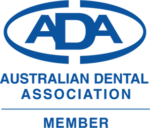When Do Babies Get Teeth: Some parents fear that their child’s lack of teeth compared to their peers indicates a developmental delay. Other parents are anxious that their child may not grow teeth or that teeth may be absent. The gender of the child and individual characteristics play a role in this. This article and infographic will provide you with all the answers to your query, and 7 facts Parents need to know.
Let’s get started!
What are Babies Teeth?
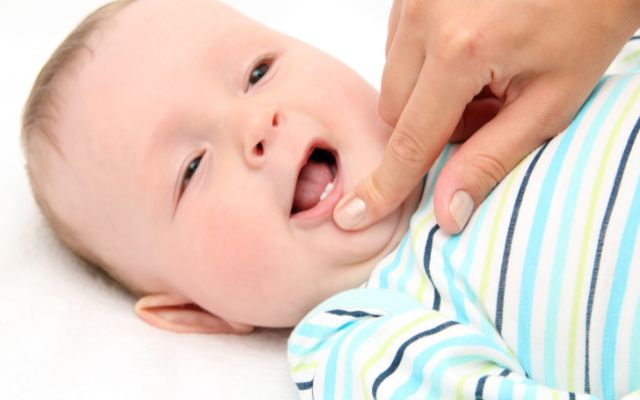

Deciduous or Primary Teeth are also referred to as milk or baby teeth. This is the initial set of human teeth, which will be replaced by permanent teeth as the kid matures. The first tooth often erupts or “comes into the mouth” at six months of age.
This tooth is the central incisor on the bottom. By age 3, children should have all 20 primary teeth. However, some infants are born with teeth already present. These are known as natal teeth, are common, and do not indicate a health problem. The eruption of primary teeth typically follows a pattern or order, but rarely adheres to a specific schedule.
Typically, the left and right front teeth do not erupt simultaneously. There is no preference for the left or right side to arrive first. However, they will typically arrive in close succession.
When Do Babies Get Teeth?
Primary Tooth Eruption Order and Approximate Age of Eruption:
- Lower Central Incisor: 6 – 10 months
- Upper Central Incisor: 8 – 12 months
- Upper Lateral Incisor: 10 – 13 months
- Lower Lateral Incisor: 10 – 16 months
- Upper 1st Molar: 13 – 19 months
- Lower 1st Molar: 14 – 18 months
- Upper Canine: 16 – 22 months
- Lower Canine: 17 – 23 months
- Lower 2nd Molar: 22 – 31 months
- Upper 2nd Molar: 25 – 33 months
Explore more Teething Chart (ADA)
7 Facts Parents Should Know
Teeth Growth
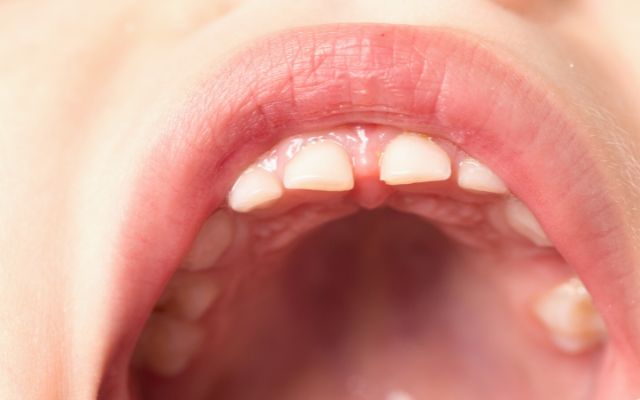

“Between 6 and 12 months, the majority of infants will grow teeth”
Some infants may not have any teeth before their first birthday! Around 3 months of age, infants will begin exploring the environment with their mouths, have increased salivation, and begin putting their hands in their mouths. Many parents debate whether or not this indicates that their child is teething, but the first tooth typically erupts around six months of age.
Typically, the first teeth to erupt are nearly always the lower front teeth (the lower central incisors), and by age 3, most children will have all of their baby teeth.
Use Fluoride
“At six months of age, fluoride should be added to your child’s diet.”
Fluoride is a mineral that prevents tooth decay by strengthening tooth enamel. Fortunately, fluoride is frequently added to tap water. Provide your infant with a few ounces of water in a sippy cup or straw cup when you introduce solid foods (about 6 months of age).
Consult your pediatrician to determine if your child requires fluoride supplements or if your tap water includes fluoride.
Fluoride is normally absent from the majority of bottled water. On occasion, massaging sensitive gums, delivering something cold, or administering acetaminophen will help alleviate your baby’s teething pain.
Generally, teething does not cause significant discomfort for children; yet many parents can detect when their child is teething. Babies may exhibit discomfort in the place where the tooth is erupting, their gums may be swollen and sore, and they may drool significantly more than usual.
By rubbing their baby’s gums with clean fingertips, offering solid, not liquid-filled teething rings, or a clean frozen or wet washcloth, parents can alleviate the discomfort associated with teething. If you provide your baby a teething cookie, you should supervise their consumption. The fragmentation of chunks can lead to choking.
Avoid teething medicines
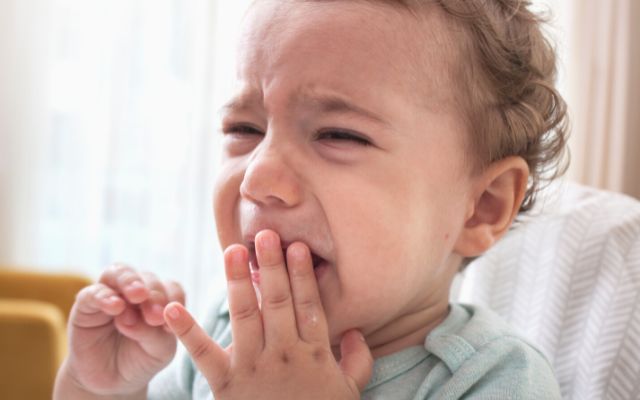

“Do not use teething tablets, benzocaine gels, homeopathic gels or tablets, or amber necklaces.”
Avoid teething medications containing the plant toxin belladonna and gels containing benzocaine. Both belladonna and benzocaine are promoted as painkillers for children, but the FDA has issued warnings about their potential negative effects.
In addition, amber necklaces for teething are not recommended. Necklaces placed around the neck of a newborn can represent a strangulation or choking threat. In addition, no evidence supports the effectiveness of the necklace.
Brush teeth daily
“You should brush your child’s teeth using fluoride toothpaste twice daily.”
Once your child gets teeth, you should brush them twice daily with a rice grain-sized amount of fluoride toothpaste, preferably after the final meal or beverage of the day. Keep in mind that putting your infant to bed with a bottle can lead to tooth rot.
Teach your child to spit out extra toothpaste once they are able to do so. Prior to the age of six, it is advisable to apply toothpaste on the toothbrush. Parents should supervise and assist their child while brushing until he or she is approximately seven or eight years old. When your youngster can write his or her name well, he or she can also brush well.
See a pediatrician
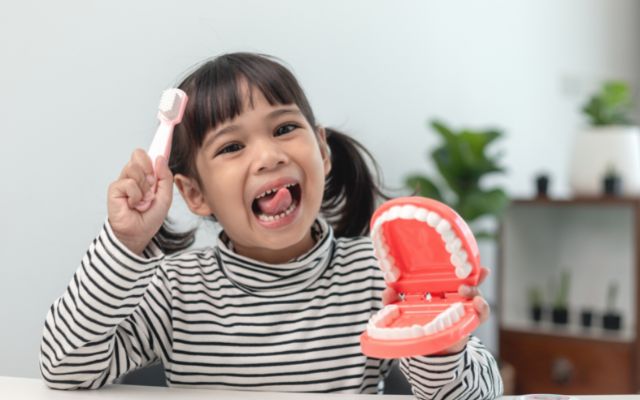

“Consult your pediatrician regarding the teeth and fluoride varnish of your infant”.
During routine well-child visits, your pediatrician will examine your baby’s teeth and gums to ensure they are healthy and discuss how to maintain their health. The American Academy of Pediatrics and the United States Preventive Services Task Force both suggest that children with teeth receive fluoride varnish.
If your child does not yet have a dentist, ask your physician if fluoride varnish can be applied to his or her teeth. The varnish can be applied in the dental office once your child has a dentist. The earlier your youngster takes fluoride varnish to prevent tooth decay, the better.
Dental Check-up
“Make a dentist appointment as soon as the first tooth erupts.”
Try to schedule your baby’s first dental appointment between the eruption of his or her first tooth and the first birthday.
A pediatric dentist will ensure that all teeth are developing appropriately and that no dental issues exist. They will also provide you with additional hygienic advice. If your community does not have a pediatric dentist, find a regular dentist who is experienced treating small children. Ask your pediatrician whether your kid needs fluoride supplements or if your tap water has fluoride.
What to Do When Baby Teeth Appear?
Teething may be a difficult time for parents, particularly busy modern parents. For more information about teething, please visit our blog.
However, it is suggested that children visit a pediatric dentist at the time their first tooth erupts or by their first birthday, whichever comes first. Establishing a dental home is essential for a child’s healthy and joyful development.
Every six months, you should undergo a dental checkup and cleaning to keep your teeth white and healthy. Register for Children’s dentistry at the Spring Orchid Dental clinic by calling the hotline or scheduling an appointment.
Our Dentist in Bassendean features a team of highly competent, experienced, committed, and passionate dentists for patient care.
FAQs about When Do Babies Get Teeth
What order do primary teeth erupt?
Here’s a general guide on how teeth often erupt in infants:
- Bottom incisors (bottom front teeth) are typically the first to erupt, typically between 5 and 7 months.
- Top incisors (top front teeth) tend to erupt between 6 and 8 months.
- Top lateral incisors (either side of the top front teeth) erupt between 9 and 11 months.
- Bottom lateral incisors (either side of the bottom front teeth) erupt between 10 and 12 months.
- First molars: 13-19 months
What are the initial teething symptoms?
Symptoms of teething include irritability, disturbed sleep, gum swelling or inflammation, drooling, loss of appetite, mouth rash, moderate fever, diarrhea, increased biting and gum-rubbing, and even ear-rubbing.
What number of teeth should a nine-month-old have?
Between 9 and 13 months of age, your infant probably has two teeth in the bottom center and four teeth across the top.




